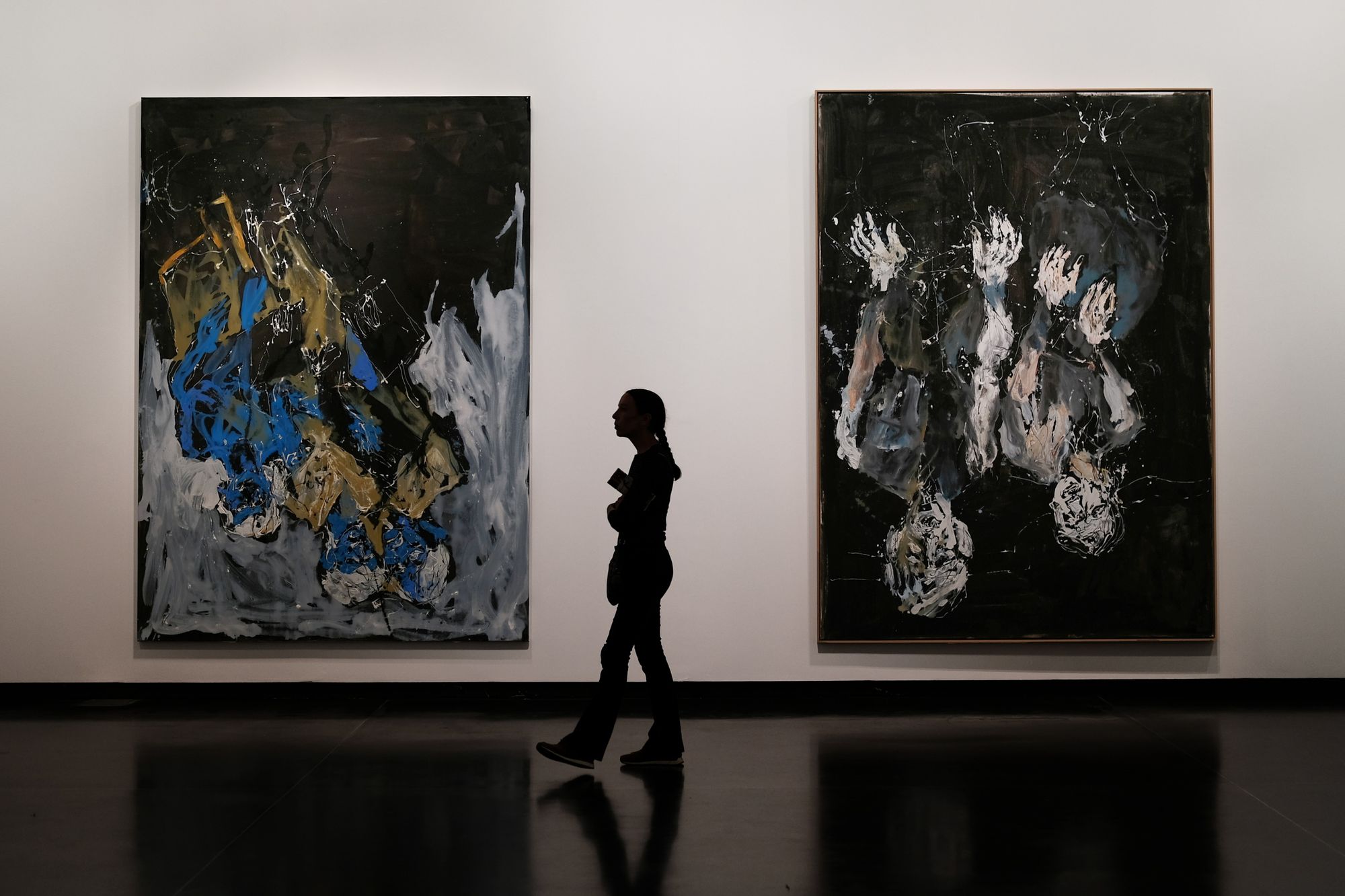For some time, we have heard that Artificial Intelligence (AI) is set to change the world, revolutionising various different industries including Healthcare, Finance, Manufacturing and more, however, as seen through various reinforcement learning techniques and alike, AI has the power to not only streamline process based tasks but to facilitate creativity in certain areas. Is it possible that AI could change the way we consume Art and Music? To find out, we spoke with six up-and-coming artists about their work, covering background, influences and current methods involving AI as well as getting their viewpoints on what they believe the future of AI in creativity to be and ownership rights!
Arturo Calvo, Founder, AImade.art
Arturo Calvo, a software engineer with over 15 years experience harnesses his creativity with a combination of two open-source algorithms that use GANs and a training dataset with over 20,000 oil paintings from artists such as Goya and Van Gogh to create his artwork. Taking inspiration from both Ian Goodfellow
(the father of GANs) and Robbie Barrat (pioneer of AI Art), Arturo spends tens of hours on each piece to get the desired affect but also acknowledges that it is the product of teamwork.
"Most of my time has been spent preparing the dataset (+20k public domain oil paintings from renown artists), curating the results and optimizing the algorithms. The training process took around 1200 hours per model on GPU. It (the final product) is a collective effort: the artists whose artworks are used to train the model, the creators of the algorithm and the professionals that supervise the training process."
Arturo also holds high hopes for the future of creativity, suggesting that the use of AI could not only advance techniques, but create somewhat of an immersive experience for the audience.
"In the very long run, I envision entertainment content created on the fly and customized for your state of mind. Such as movies where the plot and the scenes are generated in real time to maximize your personal experience (emotions)."
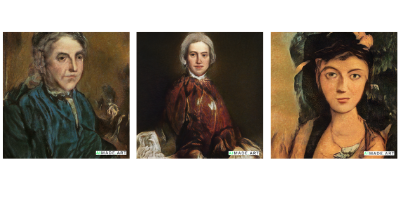
Fabin Rasheed, Design Led Innovator
Fabin Rasheed, an India based Artist, Designer, Technologist and Innovator, first found a passion for Art when studying the aesthetics of neural style transfer algorithms and the feeling that a new method of expression with unknown possibilities was arriving. The process of development has been technical and incredibly complicated, with various methods of development engaged.
"My first AI art project used a bunch of algorithms and techniques like language modelling, AttnGan and style transfer in a pipeline. But the datasets used were not custom. Working on the AI brushes project was exhilarating as it involved creating datasets for creating the tools with which I could create art. I used multiple techniques like scraping web images, processing green screen videos, recording and compositing videos, running and processing 3D in game engines etc. The algorithms used to create the brushes finally was either pix2pix or Spade."
A big source of inspiration for Fabin's work came from Helena Sarin, Mario Klingemann, Refik Anadol and Kyle Webster in creation of digital brushes. Fabin, like Arturo recognised the need for collaboration with technology for future progress.
"Having done a project where I created an AI artist persona who creates art and also having done projects where AI algorithms shake hands with humans to create, I feel the real value is in AI and humans creating hand in hand. Having said that, with the current state of things, where most of the work is done by humans (authoring datasets, creating algorithm, experimentation), I feel I am the artist of my works rather than the AI."
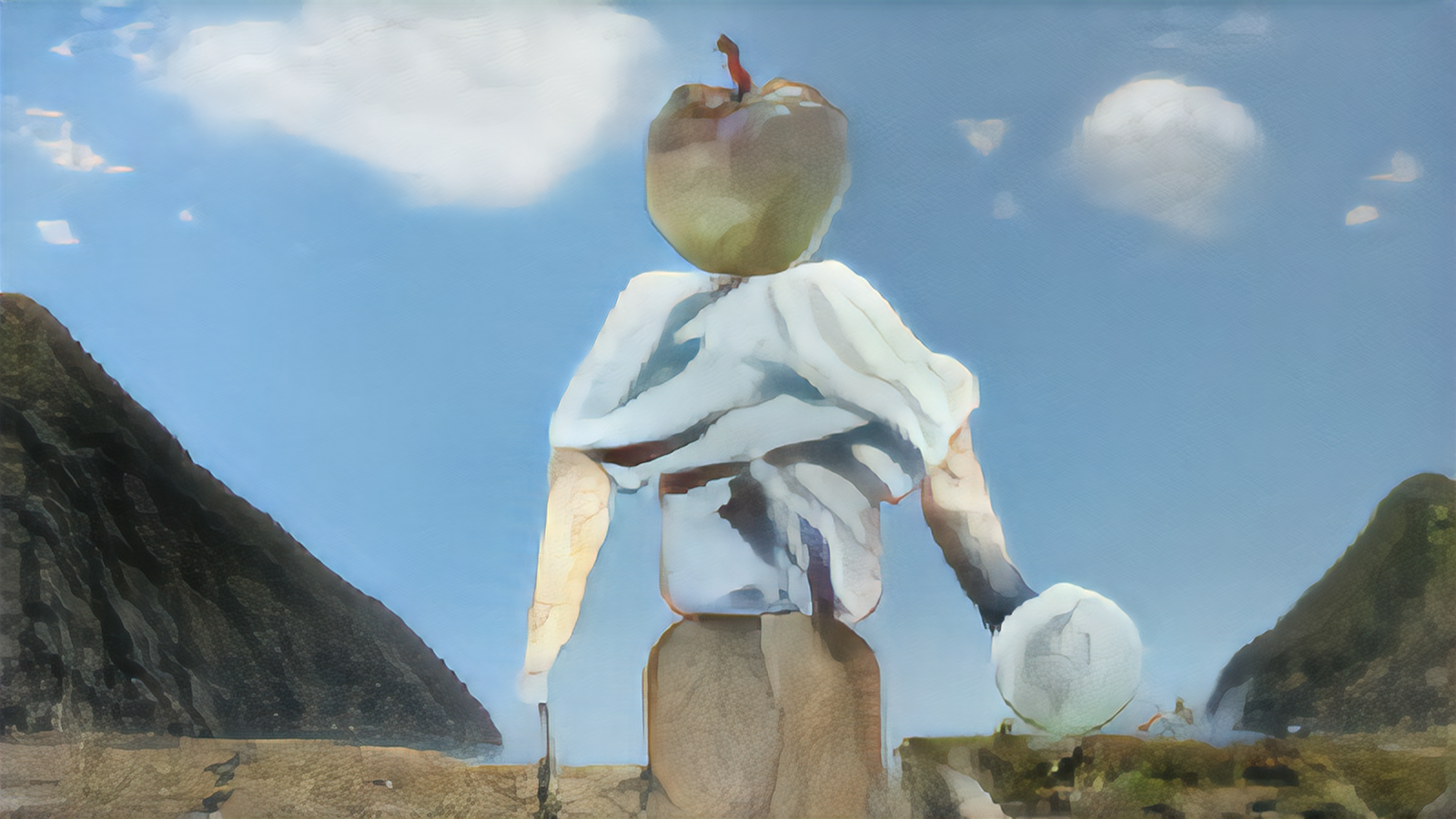
Yuguang Zhang, Creative Technologist
The New York-based creative technologist & new media artist is currently an MPS candidate of the Interactive Telecommunications Program (ITP) at New York University having previously worked as a software product manager and artistic director. To generate his artwork Yuguang plays with fine-tuning the hyperparameters, customizing the structure of neural networks and curating the training dataset. He was first attracted to AI Art because of its unpredictability and connection to our collective unconscious.
“I believe, or at least I wish, by knowing the part of ourselves that we aren’t even aware of, AI can help us break away from who we are as an individual and go beyond the boundaries of culture, gender, race, ethnicity, age, class and so on.I would say it’s like a dance performed by a pair of twins — we’re the light and shadow that are inseparable from each other.”
Yuguang's below artwork is an product of not only personal style and methods, but also draws inspiration from his peers:
Yugang's peers Francois Chollet (ethical machine learning), Philip Goff (panpsychism&consciousness), pioneering artists such as Gene Kogan, KyleMcDonald, Mario Klingemann, HelenaSarin, Memo Akten, and the wonderful community at NYUITP (Dan Shiffman, JoeyLee, Yining Shi) andRunwayML.
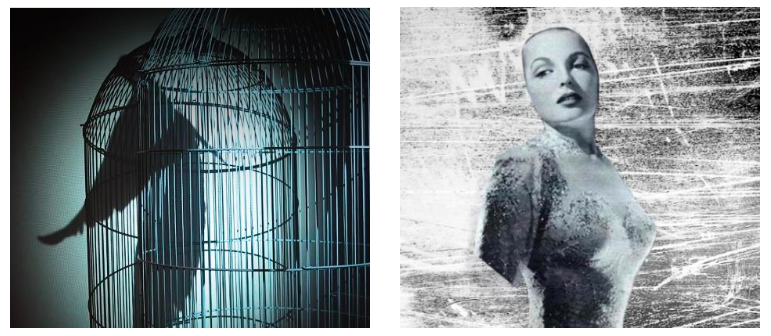
Madhu Manipatruni, Artist/Creative Coder
Madhu Manipatruni is a creative technologist working in drawing, painting and creative code. Drawing is the central process of her art practice as are the ideas of Chance, Unexpected, Control and Chaos. Chance and Unexpected are applied using mathematical algorithms of Random, to create varied and surprising outcomes. Madhu also creates artwork that represents her ethnic heritage, after finding a lack of diversity in imagery in art and popular media. Madhu works to push the boundaries of AI and develop a creative partnership with technology.
"Through the study of MA in Creative Technology, I understood the digital culture, and changing role of art and artist. It has been a challenging journey, to transform traditional visual arts background into creative technology practice. It took steady steps to progress from conventional view of the arts and engage with a machine for creative outcomes. The fact that digital works are easier to disseminate, reach across the globe was an attractive prospect.The ability to process large amounts ofData with AI is an attractive prospect to work with. There are concerns around AI andBias, this is the area of interest for me as an artist."

Artist Collective Diavlex
Diavlex is a collective of AI artisans, scientists, engineers and machines with a focus on society. They use data and technology to experiment on representations of the anxieties and crises of our times as a channel to surface unexplored answers. They believe that AI is a way to reach a deeper comprehension of the world, and its problems, as well as the essential tools to express it. Diavlex use a variety of techniques such as GANs, Neural Painters, Intrinsic Style Transfer and Super-Resolution.
"Our collections “Dreaming of Electric Sheep” and “Ixchel”, the technique used is GANs (Generative Adversarial Networks), where two neural networks contest each other in order to generate something that looks authentic to the human eye: the so-called generator creates new images by trying to fool the discriminator into thinking the generated images are real. The machine has been previously fed thousands of input images with the goal of creating a new one that shares the same features. Our collection “Residual” is based on a Neural Painter, i.e., a combination of Generative Art Neural Networks, whilst “Día de los muertos” is based on GANs, Neural Painters, Intrinsic Style Transfer, and Super-Resolution."
Diavlex as a collective also believe that the future of AI in creativity is a bright one, suggesting that it can be a gateway for new colours, compositions and more:
We think the future of AI in the creative field is bright. We truly believe that through AI and ML artists can explore new compositions, colors, and styles that offer different sources of inspiration and learning, which consequently improves the creative process as a whole.This interaction will also benefit how new AI algorithms can learn and become better creative machines. Furthermore, AI Art is versatile and demonstrates a big potential, containing in itself infinite possibilities of realization that can be adjusted according to taste and need. This could have, for example, a great impact on other creative industries, such as interior design.
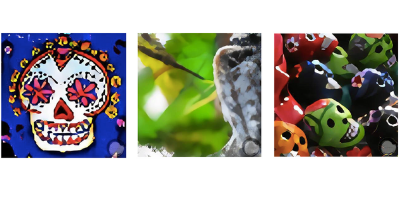
Matias Nodin, AI Artist
Matias Nodin is a digital artist based in Floda, Sweden who explores the meeting between AI and Art. He works with experiments where the artist lacks a perception of causality and where surreal and non-physical content emerge. Matias conducts his work predominantly using Python, Keras and Tensorflow. Influenced from his time spent as a researcher at Stanford University and the artists met there, Matais believes the future of AI in creativity is a bright one.
"I do hope it (AI) may become more of a standard tool for artists as a new type of brush or a camera lens and I don’t mean like a style-transfer tool, but rather a companion or a collaborator for artists that suggests new directions to explore. Personally, I will keep exploring the possibilities of using hardware to give means of communication for this type of collaboration. I also believe that AI will be an excellent teacher for emerging artists. After all, it is a very effective means of clustering and classifying the works of the masters and the small remaining gap of how to utilize this condensed knowledge to suggest for students how to improve in their work requires a very small bridge to be built."
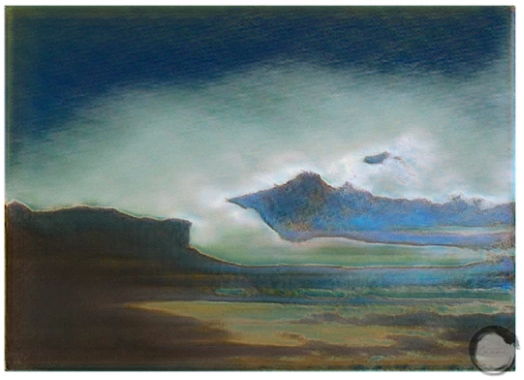
In support of these artists and their use of AI, we will be holding an exhibition of works developed through AI at the RE•WORK San Francisco Summit in just over 2 weeks time! Come along and see this amazing work from some of the first to dedicate themselves to creating the art of the future! See more here.
